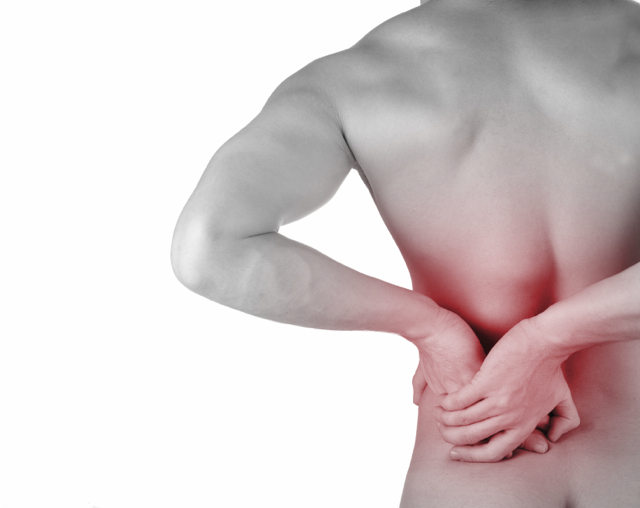Acute Low Back Pain

Low back pain affects most of us from time to time so it’s helpful if we know a little about it and what to do when it strikes.
Melbourne Osteohealth helps many people manage and overcome both acute and chronic low back issues.
The lumbar spine is the lowest region of the spine and consists of five vertebrae. Between these vertebrae are many small joints that provide mobility and a number of small cartilage discs which act as shock absorbers. There are many muscles acting on the lumbar spine and a number of thick, strong ligaments which help provide the lumbar spine with stability.
Any one or more of these structures can be involved when you experience back pain and knowing which tissue is causing your pain is essential to treating it right.
Injuries often happen when you do something new or strenuous, such as lifting heavy items or playing a new sport. Pain can also occur because of a build-up of mechanical stresses on the back that gradually turns results in break-down. Although low back pain can be very intense and somewhat overwhelming, it is important to remember that serious causes of back pain are rare. It is important however that you have your specific condition assessed by a qualified professional such as an Osteopath particularly if your back pain is associated with other symptoms like fever, weight loss, pins and needles or numbness, or if your pain was caused by a high impact trauma such as a car or sporting accident.
It is important to consult with an Osteopath as soon as possible to assist with pain relief and improve movement and to develop a recovery plan.
Osteopaths are experts in the assessment of musculoskeletal injuries, especially back pain. We can provide a thorough examination to ascertain the specific structures responsible for your pain. We can then discuss your treatment options with you.
Some treatment options may include:
- Joint mobilisation or manipulation
- Pain management -including advice on pain relief strategies
- Soft tissue massage and stretching
- Muscle energy techniques
- Activity modification advice
- Biomechanical correction
- Ergonomic advice
- Exercises to improve flexibility, strength, posture and core stability
- Taping or bracing with a sacroiliac belt or lumbar brace
- Use of a lumbar support for sitting
- A gradual return to activity program
Treatment of the underlying cause will not only help resolve your back pain, but contribute to preventing it from coming back again.
If you’re suffering from back pain, don’t delay, call Melbourne Osteohealth today. We can help get your back pain under control and get you back to work, sport and life.
